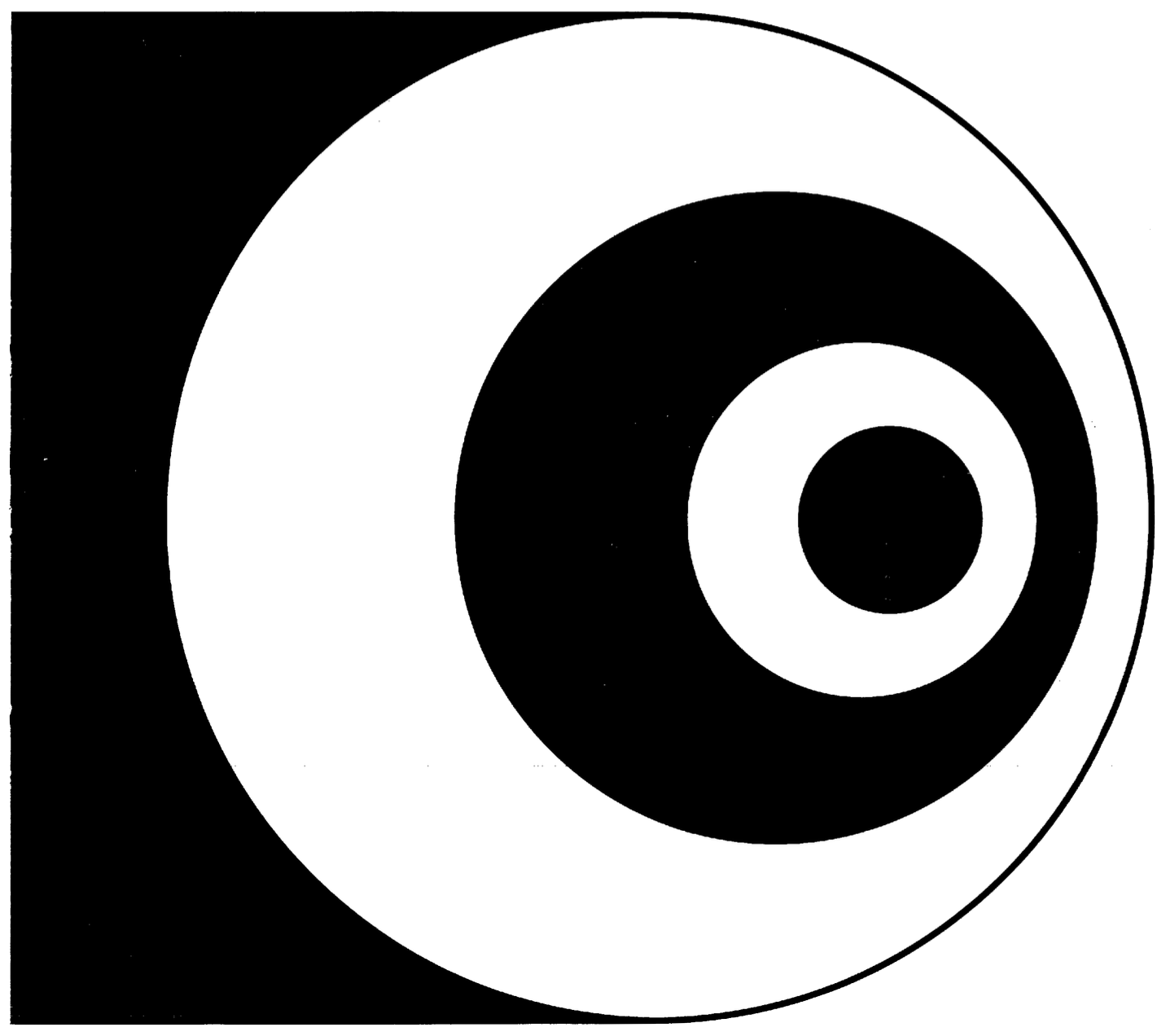Hardware
Information on hardware systems based on the 2650 microprocessor: systems I am working on, systems that I know about, some remarks on the 2650B variant, and information on how to read Signetics chip codes.
Systems I am working on
I am currently working on five systems.
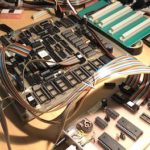
my P1 computer, a close copy of the Central Data board.
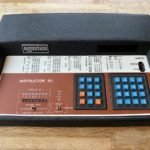
an original Signetics Instructor 50 (revision A).

two Signetics TWIN systems.
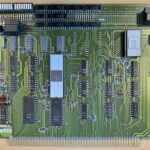
an Adaptable Board Computer, PC1500.
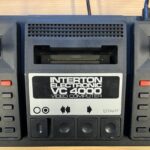
two Interton VC 4000 game consoles.
One of the TWINs is on loan from the Eindhoven Computer Association, the second system was received as a kind donation. The VC4000 is a nice contrast to the other systems. A lot of information on can be found on internet, and there is an active community of people around this and similar game consoles based on the 2650.
Philips IMS
I also have a CPU and memory card which I think belong to the Philips Industrial Microcomputer System. The 2650 microprocessor normally sits in the empty socket on the photo below. There is very little information to be found on internet. MODEST (Microcomputer Development System) was avaialble to develop and debug software for the IMS. MODEST had access to I/O devices such as a terminal or an audio cassette interface that were not available or necessary during industrial deployment.
Also see: MODEST a Novel Development System for an Industrial Microcomputer System.
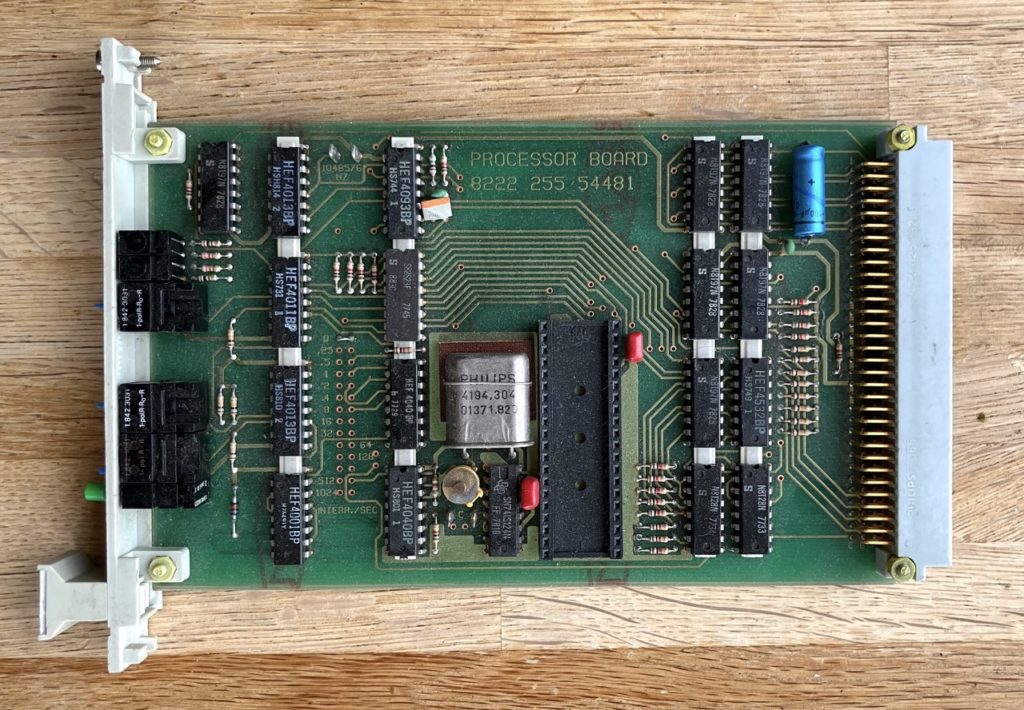
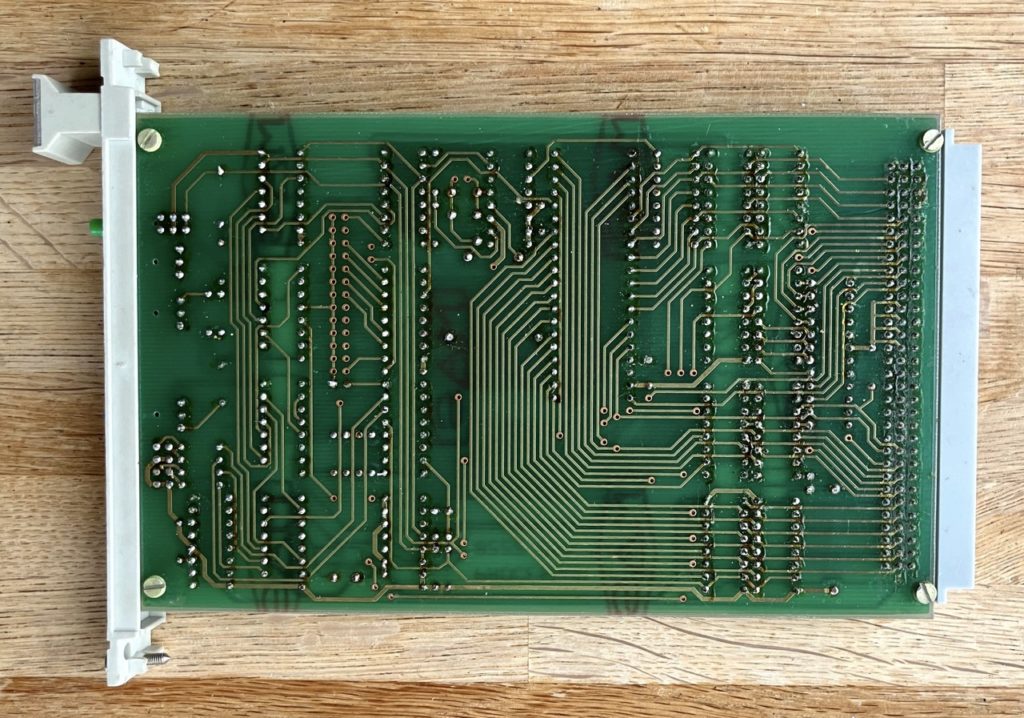
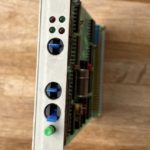
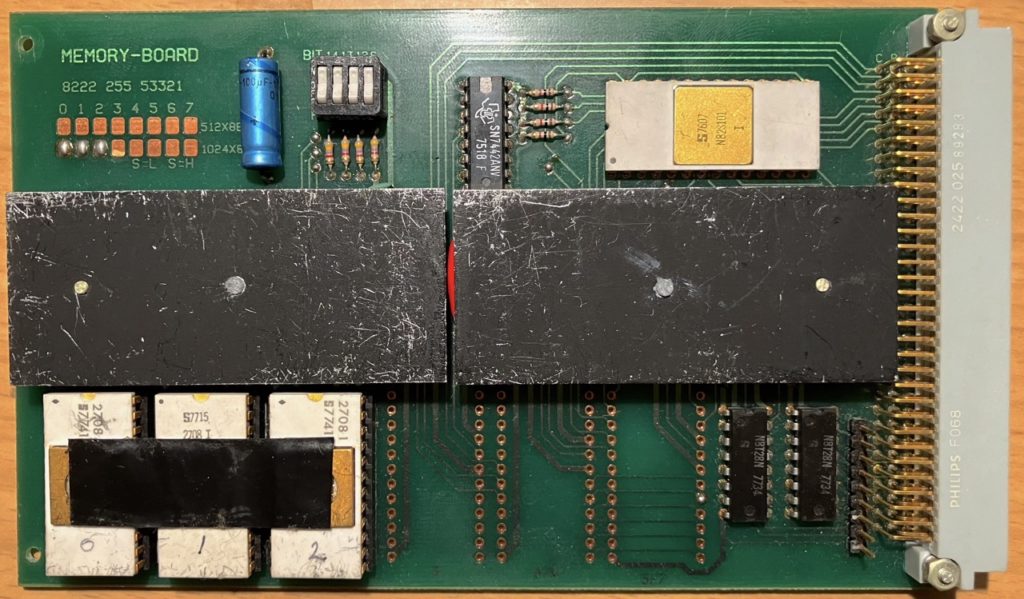
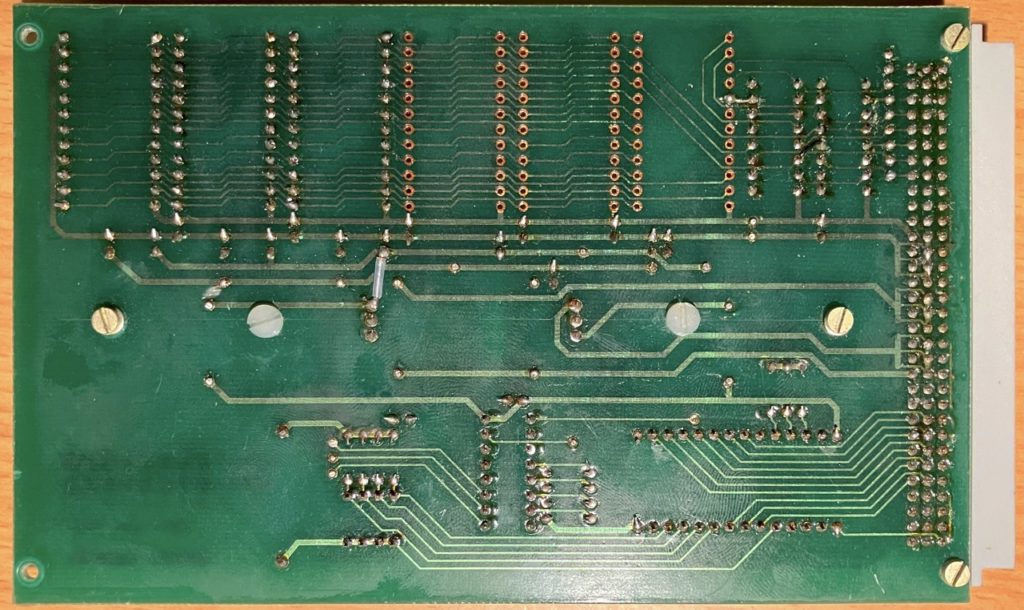
Chip codes
Chips are marked with numbers that not always have an obvious meaning. To complicate matters, sometimes some of the markings are missing! This makes identifying ICs challenging. The following guide will help.
Date code. The date code indicates the date of manufacture. It consists of four digits: the first two indicate the year, the last two digits are the week number. So “7835” indicates that the IC was manufactured in week 35 of 1978 (around the end of August).
Product identification. The marketed name of the IC (2650 or 2650A). The product identification is followed by the letter I for ceramic packaging (mostly white, some dark purple) or by the letter N for plastic packaging (black). The product number is sometimes followed by a letter of unknown purpose (often A,B or C). If the product identification is omitted, use the mask code to identify the IC.
Mask code. In addition to the product identification, Signetics also uses a mask code. The mask code is followed by a letter indicating packaging (often I or N), and may be followed by a letter, the same as in the product identification. The mask codes are not listed in the documentation or manuals, but I have deduced some codes; see the table below. For example “CP1004I” is for a ceramic packaging of the 2656, and “CT429NC” is a plastic packaging of the 2650A. For the 2650A the separate “-1” marking indicates the high-speed version. Mask codes may differentiate between versions of the same product. For example, the Slave card in the Signetics TWIN uses a special version of the 2650(A) microprocessor indicated by the mask code CT354 or CT904; the 2608 ROM chips would have a different mask code depending on its contents.
| Example | Mask code | Product Identification |
|---|---|---|
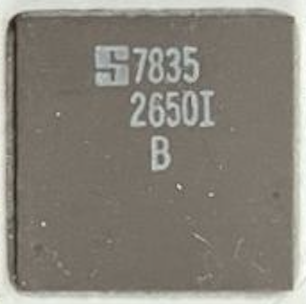 | CT319 | 2650 Microprocessor |
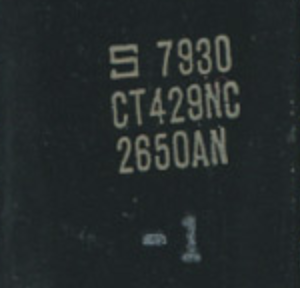 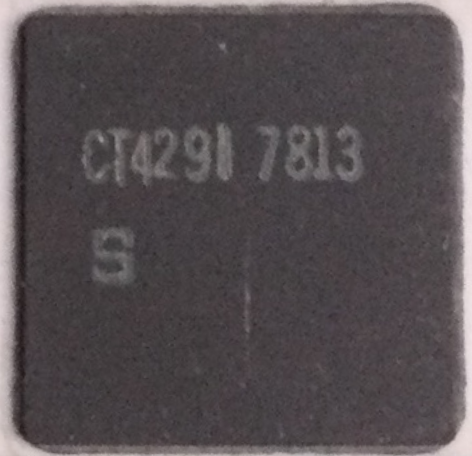 | CT429 | 2650A Microprocessor (note the -1 marking) |
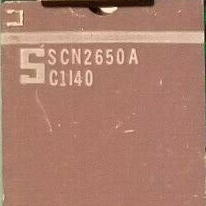  | CI140 | 2650A, alternative packaging |
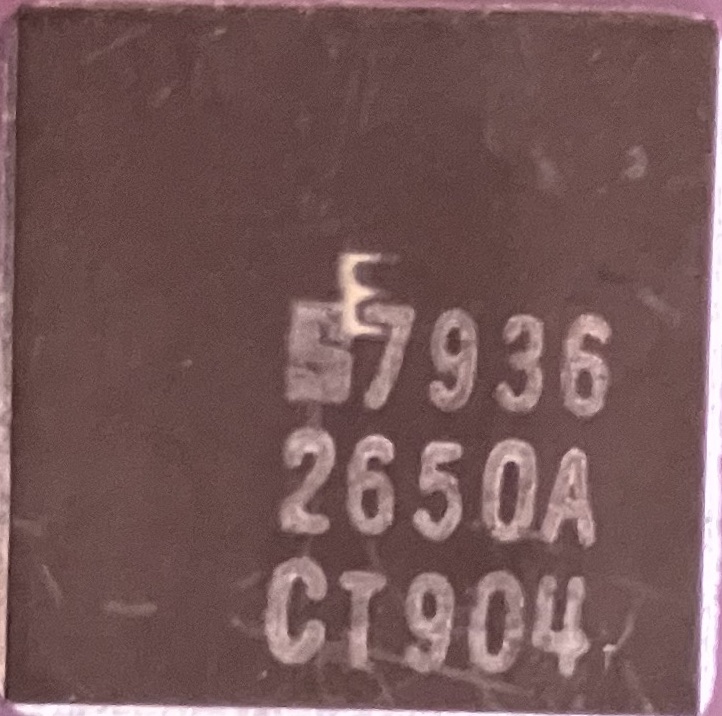 | CT904 | 2650A special mask, for TWIN slave card |
 | CT430 | 2621 Universal Sync Generator (PAL) |
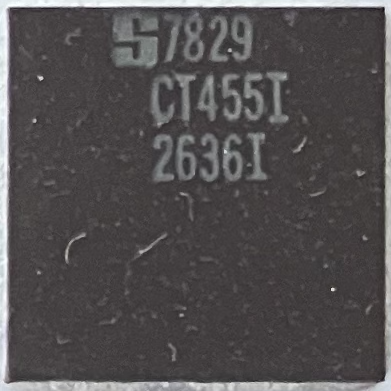 | CT455 | 2636 Programmable Video Interface |
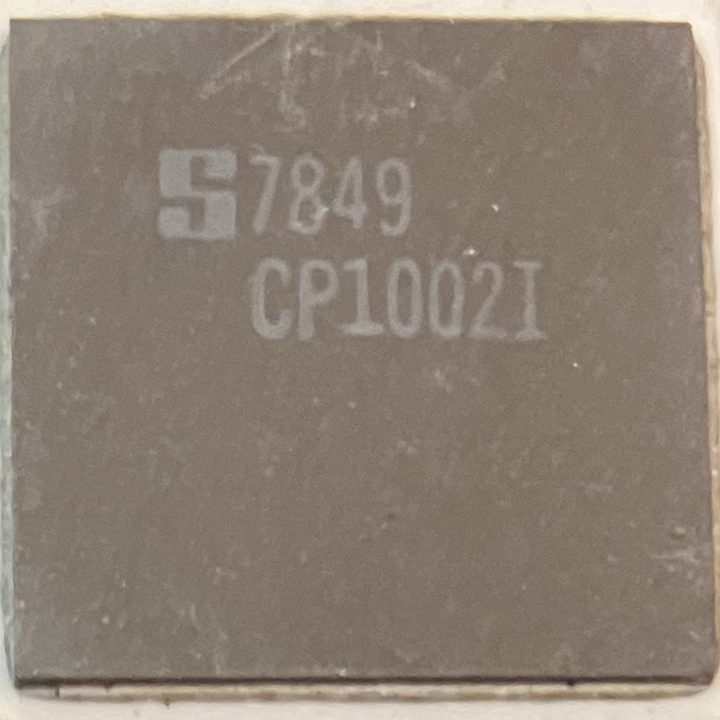 | CP1002 | 2656 System Memory Interface preprogrammed with Pipbug 2 and Pipla. |
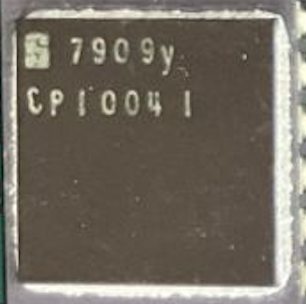 | CP1004 | 2656 System Memory Interface |
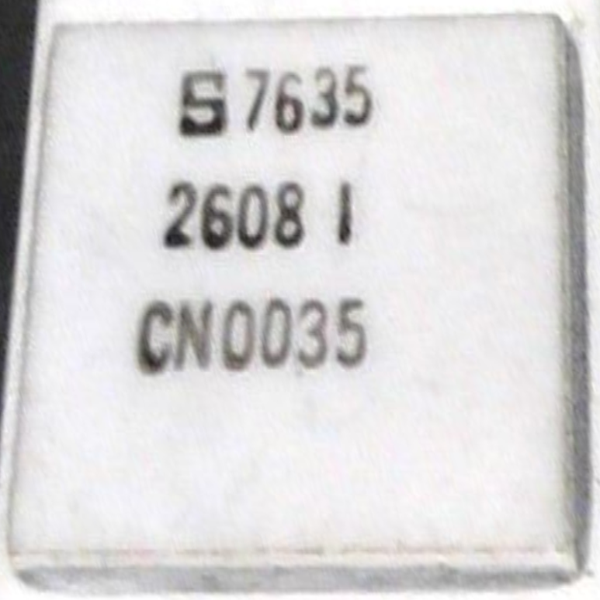 | CN0035 | 2608 ROM with Pipbug |
Hardware emulators:
WinArcadia: Windows utility to emulate the Central Data board and the Signetics Instructor, but also many other systems.
2650 emulator written in Tcl/Tk.
AllDatasheet.com: download info on integrated circuits, even old ones.
Other vintage 2650 computers:
Phunsy (Philipse Universal System)
ETI-685 kit published in the Australian ETI Magazine.
78up5 kit published in Electronics Australia, and its modern reimplementation.
Modern redesigns:
Signetics 2650 Microcomputer at Tholin’s Place.
